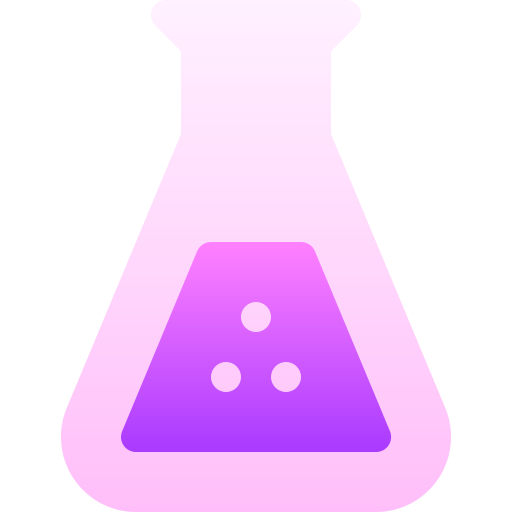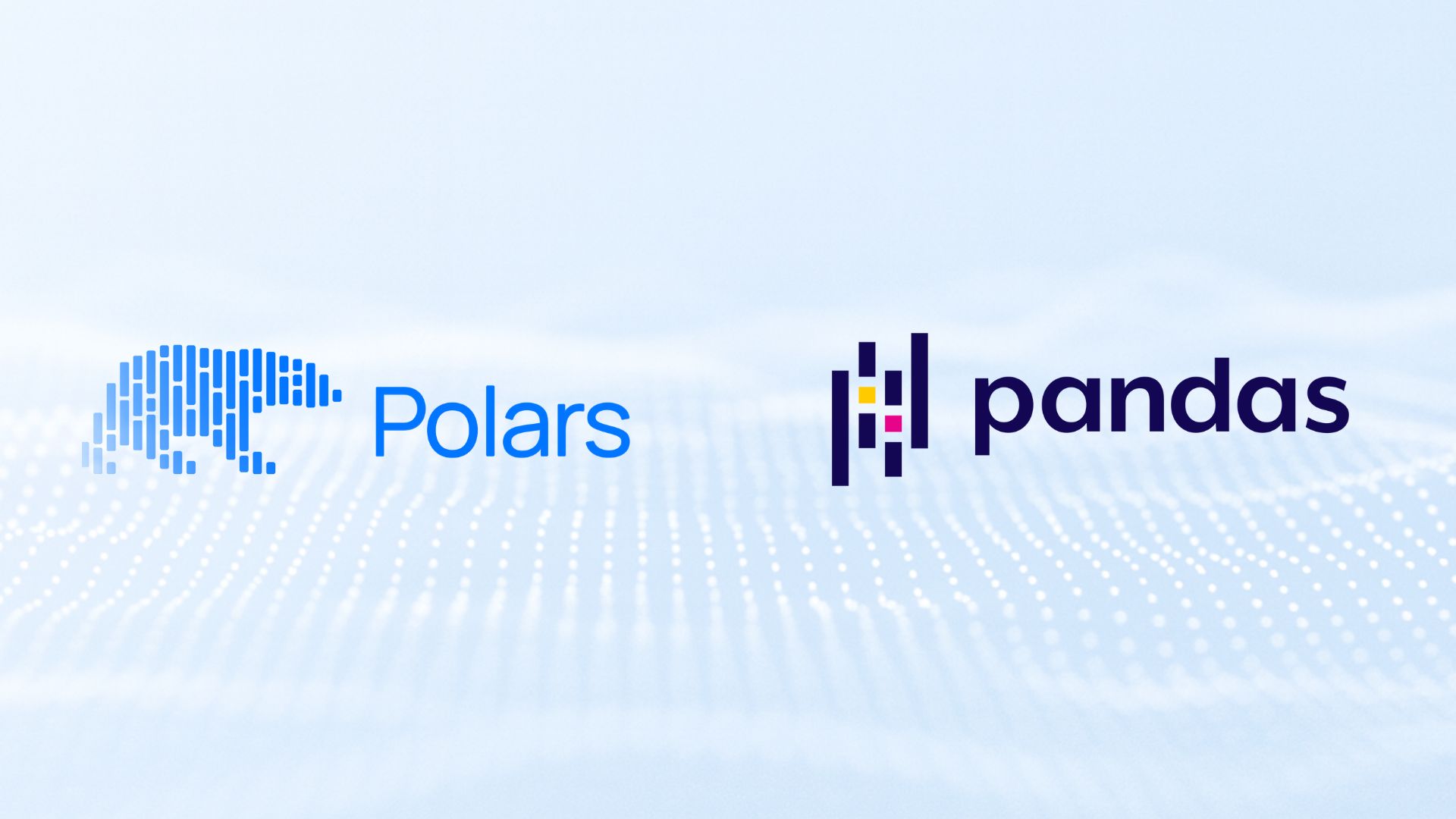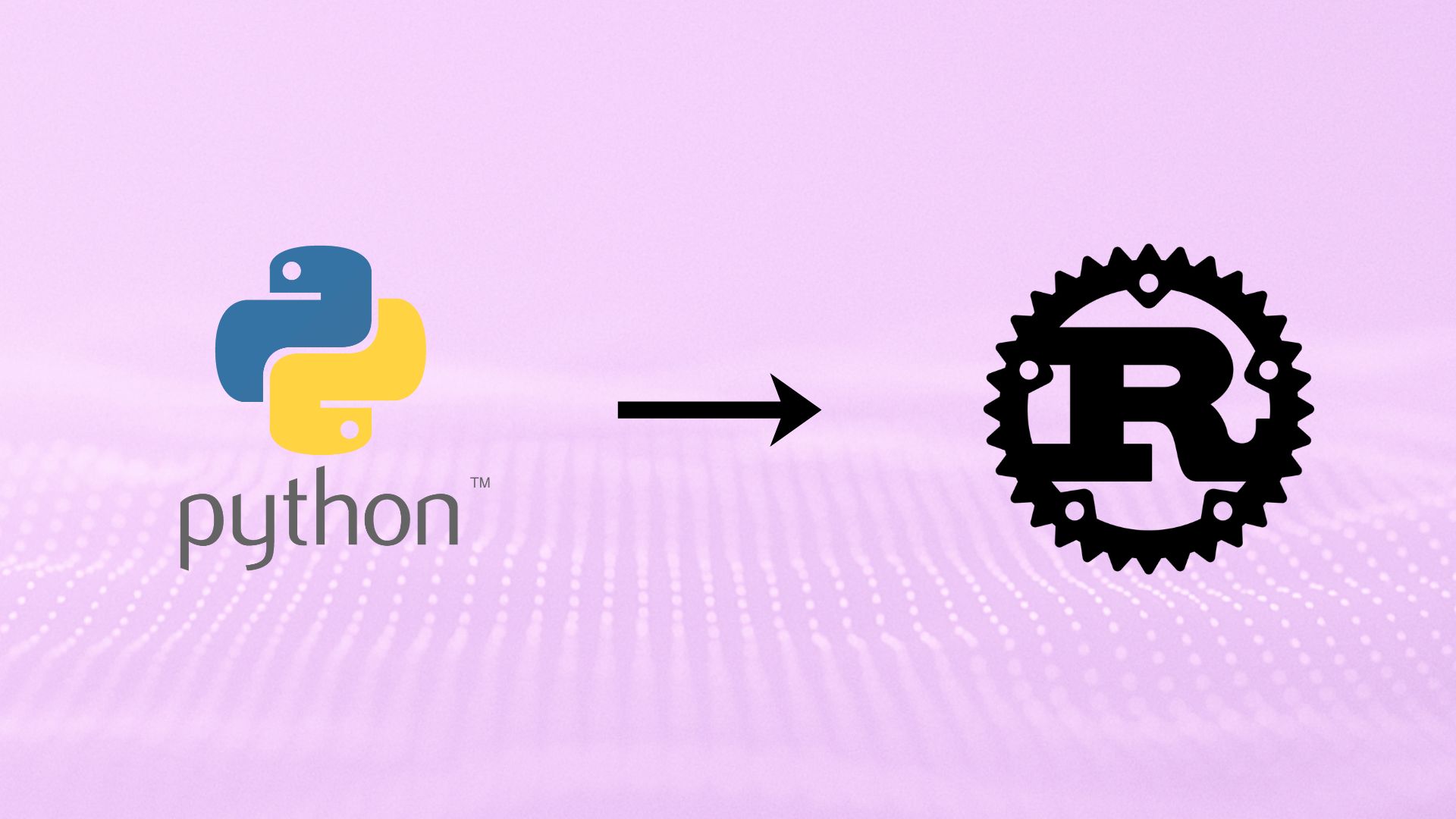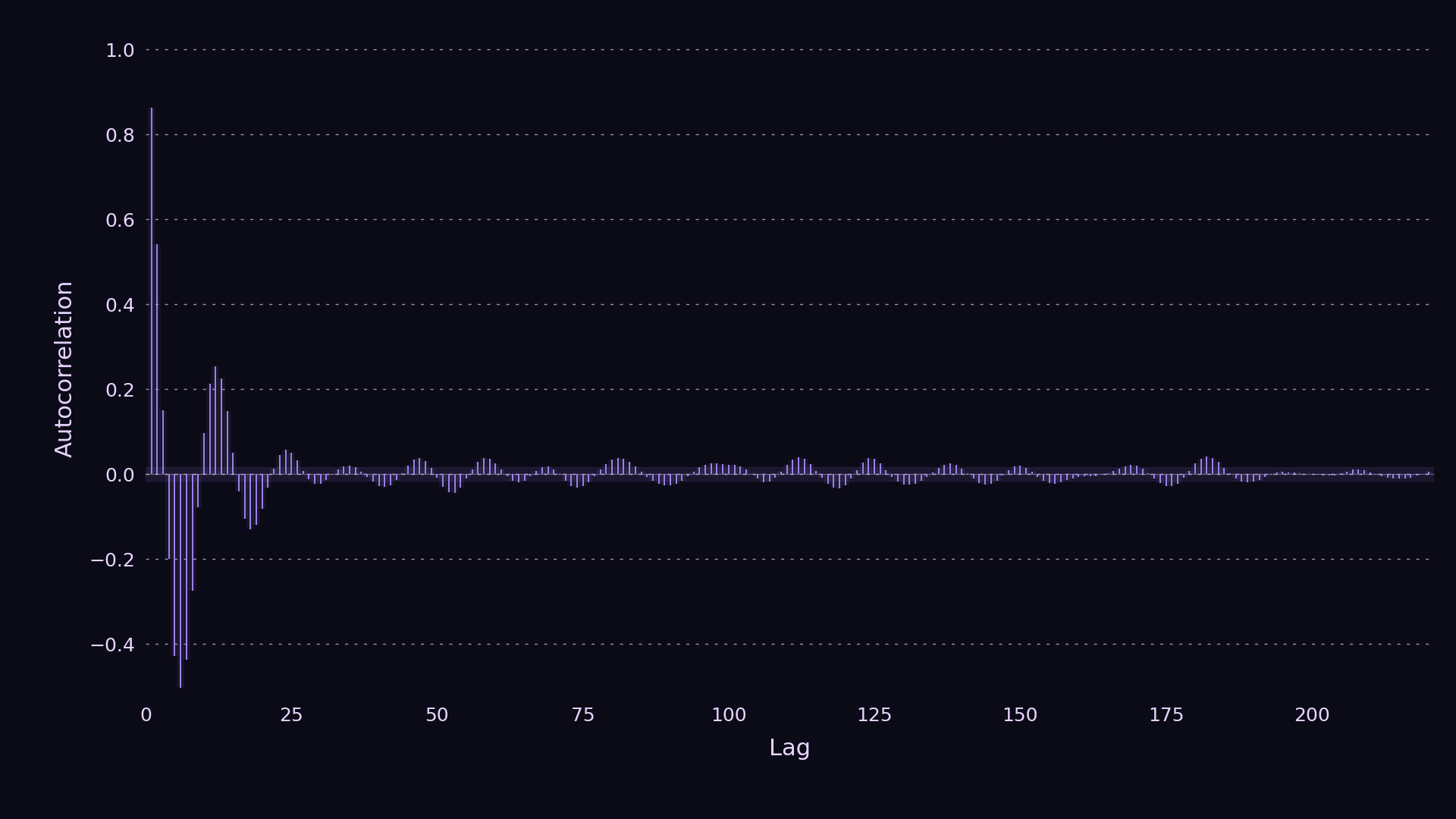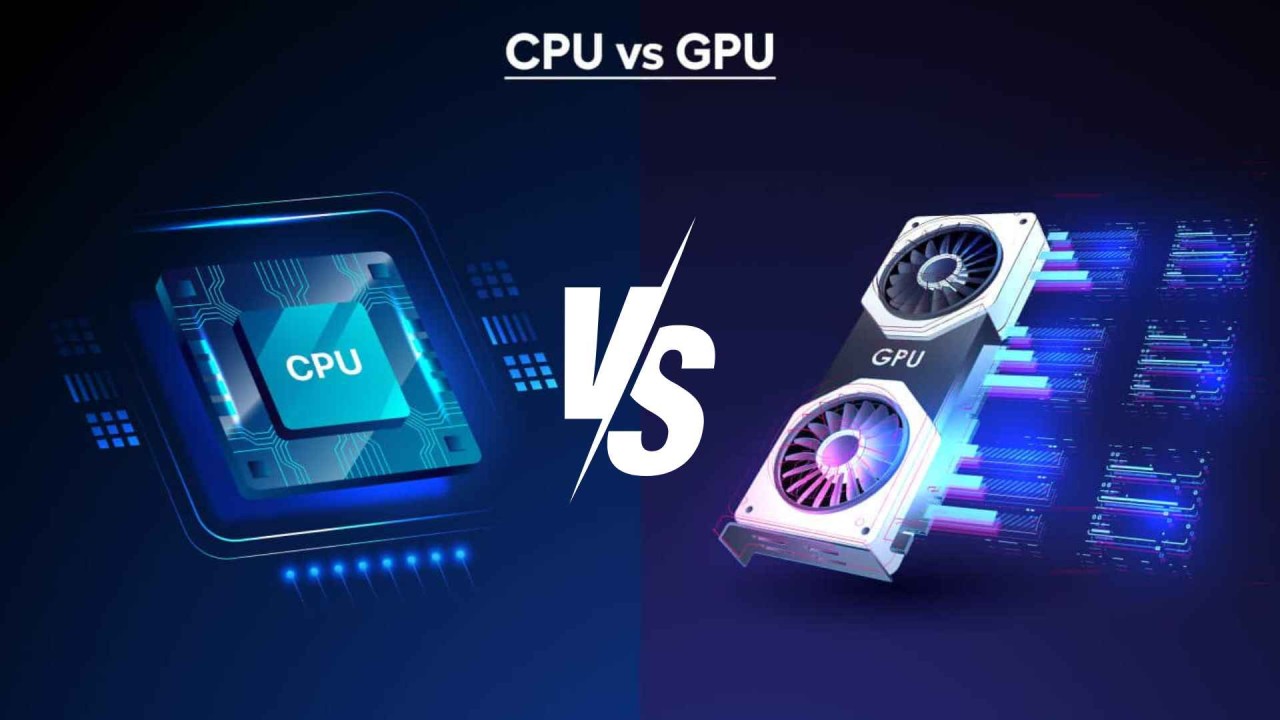A productized optimization service designed for quant research and trading systems.
Profile-first approach with proven results: Polars vectorization, Rust modules via PyO3, GPU acceleration with CuPy, or cache-optimized data structures. Every optimization is benchmarked, tested for numerical parity, and production-ready.
The Two-Phase Process
A structured, repeatable methodology that delivers measurable gains without disrupting your existing infrastructure. Here's what vectorization looks like in practice:
Before: Loop-based O(T×W×N) – 35.24 seconds
# Nested loops per asset per timestep
for t in range(signal_sigma_window_size, n_obs - 1):
sigmas = sig.iloc[t - signal_sigma_window_size:t].std()
for j in range(n_assets):
# Recompute same operations repeatedly
sigma_j = sigmas.iloc[j]
raw_signal = signal.iloc[t, j] / sigma_j
# Apply signal filters element by element
if raw_signal > entry_threshold:
position[t+1, j] = 1.0
elif raw_signal < -entry_threshold:
position[t+1, j] = -1.0
else:
position[t+1, j] = 0.0
# Runtime: 35.24s for 3000 timesteps × 100 assets
After: Polars + NumPy O(T×N) – 0.057 seconds (615× faster)
# Use Polars rolling operations (Rust-based)
sigma_exprs = [
pl.col(col)
.rolling_std(window_size=signal_sigma_window_size)
.shift(1) for col in signal_pl.columns
]
sigma = signal_pl.select(sigma_exprs).to_numpy()
# NumPy vectorized operations (entire matrix at once)
normed_signal = signal.to_numpy() / sigma
position_path = np.where(
normed_signal > entry_threshold, 1.0,
np.where(normed_signal < -entry_threshold, -1.0, 0.0)
)
# Runtime: 0.057s → Identical API, 615× speedup
Bottom line: Your quants keep writing Python. Your code runs 5–615× faster. Your cloud costs drop. Your iteration speed increases. Your alpha compounds.





